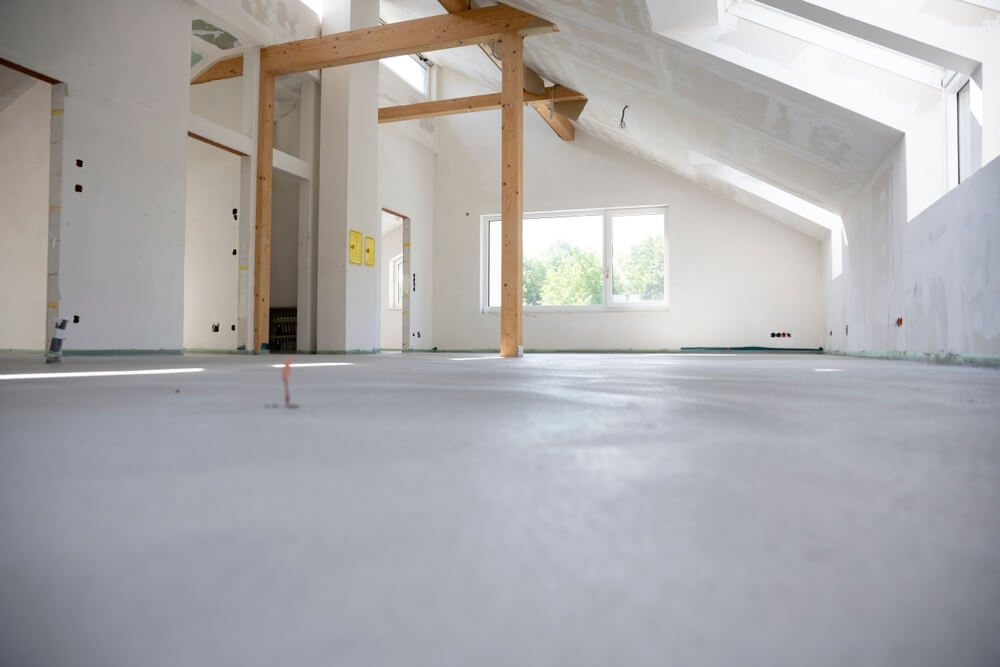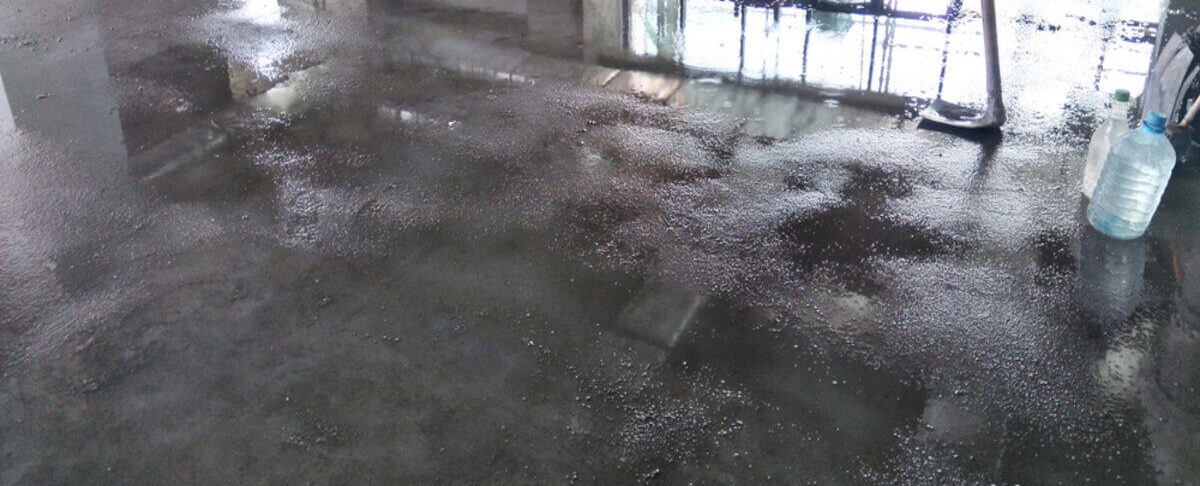Concrete is a remarkably versatile building material, finding widespread use in everything from foundations to driveways to steps. However, one of the critical factors to consider when working with concrete is the curing process. Proper curing is essential to ensure the concrete reaches its full strength and durability, particularly for structures like concrete steps that bear significant weight and foot traffic. I
n this article, we’ll explore the intricacies of concrete curing, delve into the factors that influence the process, and provide valuable insights on how long it takes for new concrete steps to fully cure.
Understanding Concrete Steps Curing Time
No matter if it is a concrete driveway or steps, curing is the process by which concrete gains strength and durability over time. This process involves a series of chemical reactions that occur within the concrete mixture, transforming the initially soft and pliable material into a hard, durable surface.
The Curing Process Explained
When cement is mixed with water, a chemical reaction called hydration begins. This reaction causes the formation of calcium silicate hydrate (C-S-H) and calcium hydroxide, which are the primary compounds responsible for the concrete’s strength. As these compounds continue to form and mature, the concrete gradually hardens and becomes more resistant to various stresses and environmental factors.
The curing process is not just about the concrete drying out; it’s a complex interplay of chemical and physical changes that take place within the concrete. During this time, it’s crucial to maintain the right balance of moisture and temperature to ensure the optimal development of the concrete’s properties.
Factors Affecting Curing Time
Several factors can influence the curing time of concrete, including:
Concrete Composition
The specific mix design of the concrete, including the ratios of cement, aggregates, and water, can impact the curing timeline. Some concrete mixes may cure faster or slower than others.
Temperature
Ambient temperature plays a significant role in the curing process. Warmer temperatures generally accelerate the curing, while cooler temperatures can slow it down.
Humidity and Moisture
Maintaining the right moisture level is crucial for proper curing. Too much or too little moisture can disrupt the chemical reactions and lead to issues like cracking or reduced strength.
Concrete Thickness
The thickness of the concrete steps can also affect the curing time. Thicker slabs may take longer to fully cure compared to thinner ones.
Curing Methods
Various curing techniques, such as water curing, membrane curing, or the use of specialized curing compounds, can impact the curing rate and the final strength of the concrete.
Understanding these factors is essential in determining the appropriate curing timeline for your new concrete steps.
How Long Does It Take for Concrete Steps to Cure?
The curing time for concrete steps can vary depending on the specific conditions and factors mentioned above. However, as a general guideline, most concrete steps will require the following curing timeline:
Initial Curing: 24 to 48 Hours
After the concrete steps have been poured and finished, it’s crucial to allow them to cure for at least 24 to 48 hours before any significant foot traffic or weight is applied. During this initial curing period, the concrete is still relatively soft and vulnerable to damage.
During this time, it’s essential to protect the concrete steps from the elements, such as direct sunlight, wind, or rain, which can disrupt the curing process. Covering the steps with a protective material, such as plastic sheeting or burlap, can help maintain the necessary moisture levels and temperature.
Partial Curing: 7 Days
After the initial 24 to 48 hours, the concrete steps will have gained a significant amount of their overall strength, typically around 70% of their final strength. At this stage, it’s generally safe to resume light foot traffic, such as walking on the steps, but it’s still important to avoid any heavy loads or vehicles.
Full Curing: 28 Days
The complete curing process for concrete steps can take up to 28 days, during which the concrete will continue to gain strength and durability. By the end of this 28-day period, the concrete steps will have reached their maximum strength and can safely support the full weight of foot traffic, as well as light vehicles or equipment.
It’s important to note that these curing timelines are general guidelines, and the actual curing time for your concrete steps may vary depending on the specific factors mentioned earlier. Always consult with a concrete professional or refer to the manufacturer’s recommendations for the concrete mix you are using to ensure the proper curing process is followed.
Curing Methods for Concrete Steps
To ensure the optimal curing of your new concrete steps, there are several curing methods that can be employed:
Water Curing
Water curing is one of the most common and effective methods for concrete curing. This process involves regularly spraying or flooding the concrete steps with water, which helps maintain the necessary moisture levels and facilitates the chemical reactions that lead to strength development.
Membrane Curing
Membrane curing involves applying a specialized curing compound to the surface of the concrete steps. This compound forms a protective barrier that helps retain moisture and prevent premature drying, which can compromise the curing process.
Wet Covering
Wet covering involves placing a damp burlap or fabric material over the concrete steps, which helps maintain the necessary moisture levels and insulation to promote proper curing.
Formwork Curing
Formwork curing utilizes the reusable forms used to pour the concrete steps, keeping the concrete under pressure during the initial curing period to support the development of strength and durability.
Natural Curing
In some cases, natural curing may be a viable option, where the concrete steps are simply left to cure in the ambient environment, with minimal interference or protection. This method is often used for smaller projects or in favorable weather conditions.
Consulting with a professional or referring to the recommendations provided by the concrete manufacturer can help you determine the most appropriate curing method for your specific concrete steps project.
Ensuring Success with Proper Concrete Steps Curing

If you want the full advantages of concrete steps, remember that patience is key when it comes to curing. Rushing the process can lead to costly mistakes and compromised structural integrity.
By following the guidelines outlined in this article and consulting with professional contractors or concrete specialists, you can navigate the curing journey with confidence and achieve the desired results for your new concrete steps. For more information on concrete steps and stoop installation, contact Richfield Blacktop today.




